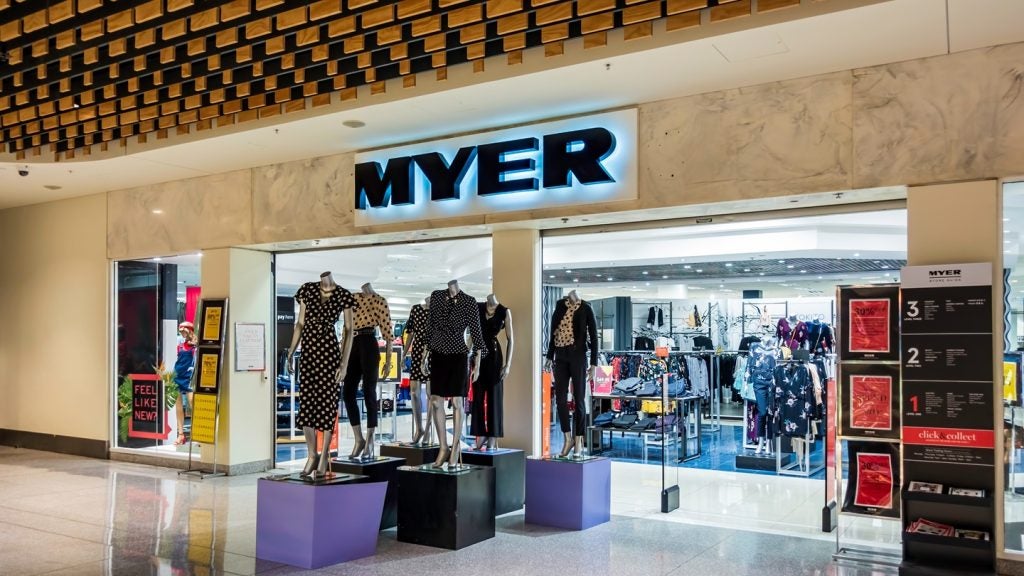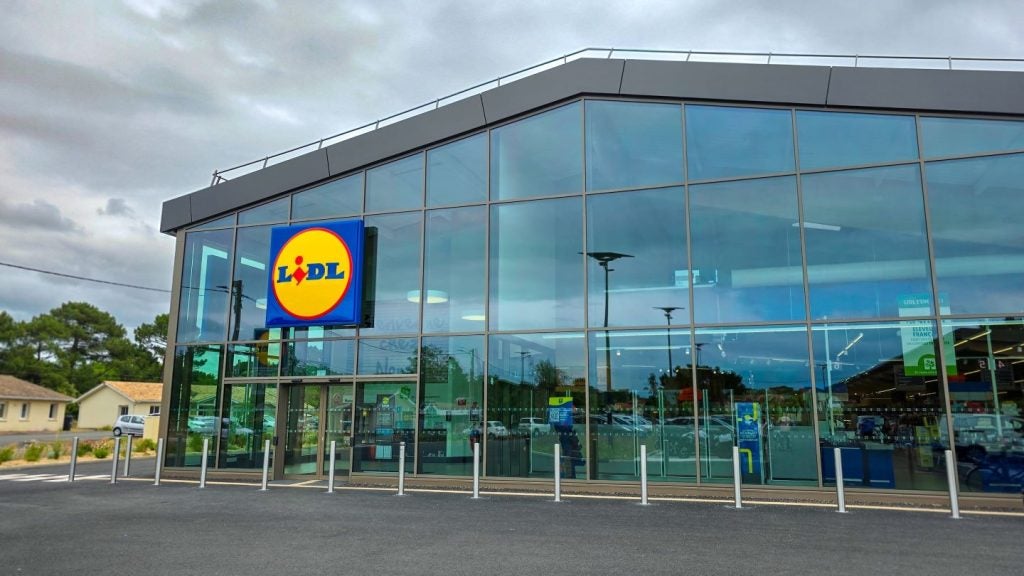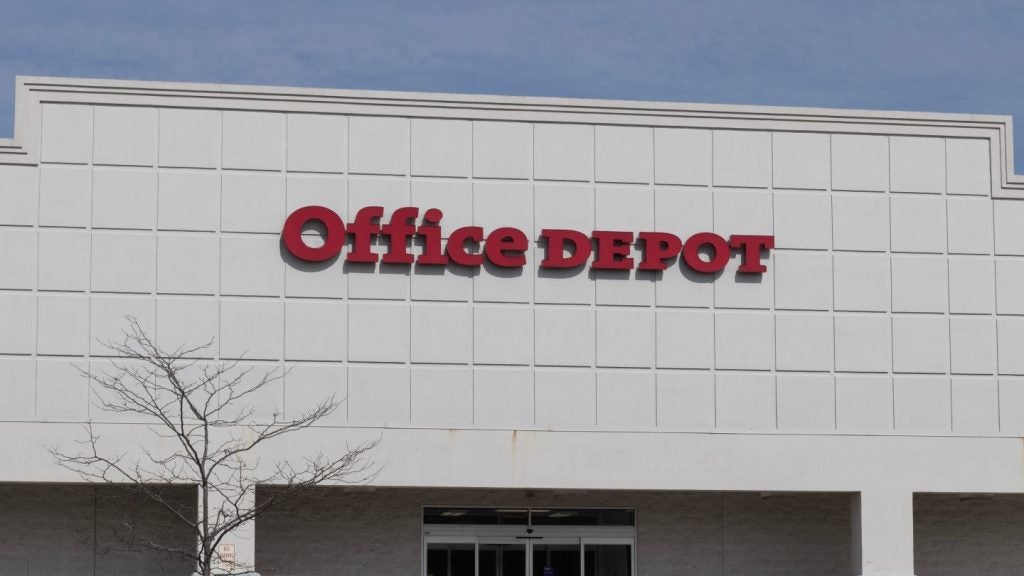Myer has recorded a statutory net loss after tax of A$211.2m ($140m) for fiscal 2025 (FY25), primarily due to an impairment related to its acquisition of Apparel Brands.
The loss was driven by a A$213.3m one-off, non-cash impairment for Apparel Brands goodwill, along with A$34.7m in merger and restructuring costs.
This contrasts with the A$43.5m profit reported in the previous fiscal year.
Excluding these impairments, the Australian department store chain’s net profit after tax was A$36.8m, down from A$52.6m in FY24..
On a pro forma basis, including the first sales contribution from Apparel Brands, Myer’s total sales growth was 0.5% for the fiscal year.
The company’s operating gross profit reached A$1.4bn, bolstered by six months of contributions from Apparel Brands, with the operating gross margin improving to 38.3%.
Earnings before interest and tax dropped 13.8% to A$140.3m for the year until 26 July.
Myer executive chair Olivia Wirth stated: “FY25 was a transition year for Myer Group as we reset the base to position the business for long-term growth.
“Despite challenging macroeconomic conditions and tough retail markets in Australia and New Zealand, we achieved positive sales growth in our first period as a combined group.”
The company specifically highlighted operational challenges at its Melbourne distribution centre, which incurred an estimated A$16m in costs.
Wirth added: “We took decisive action to address operational challenges, including completing a comprehensive review of our National Distribution Centre. We now have temporary measures in place to manage our next peak periods through Black Friday, Christmas and Boxing Day and have developed a long-term solution for the NDC. When fully operating, the NDC will underpin our omni-channel network strategy and produce substantial cost and efficiency benefits for the business and improve the experience for customers.”
For the first seven weeks of fiscal 2026, Myer reported a 3.1% increase in total sales compared to the same period of the previous year.
However, the company noted that pressures related to the cost of doing business are expected to persist into fiscal 2026.













